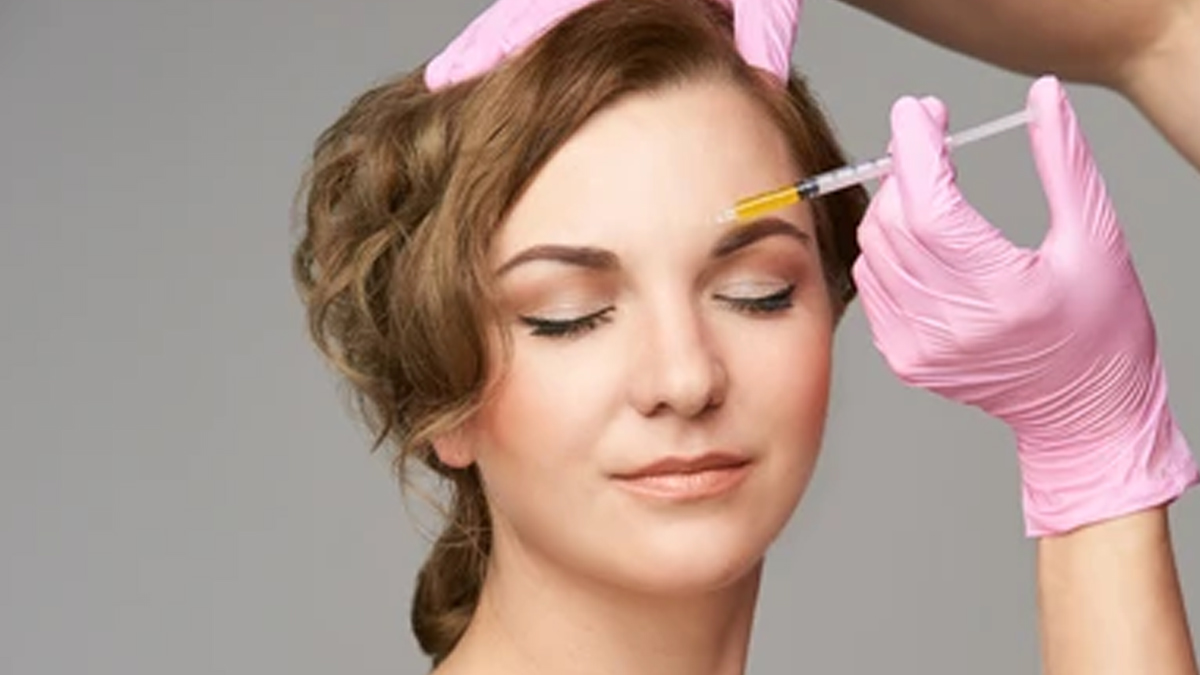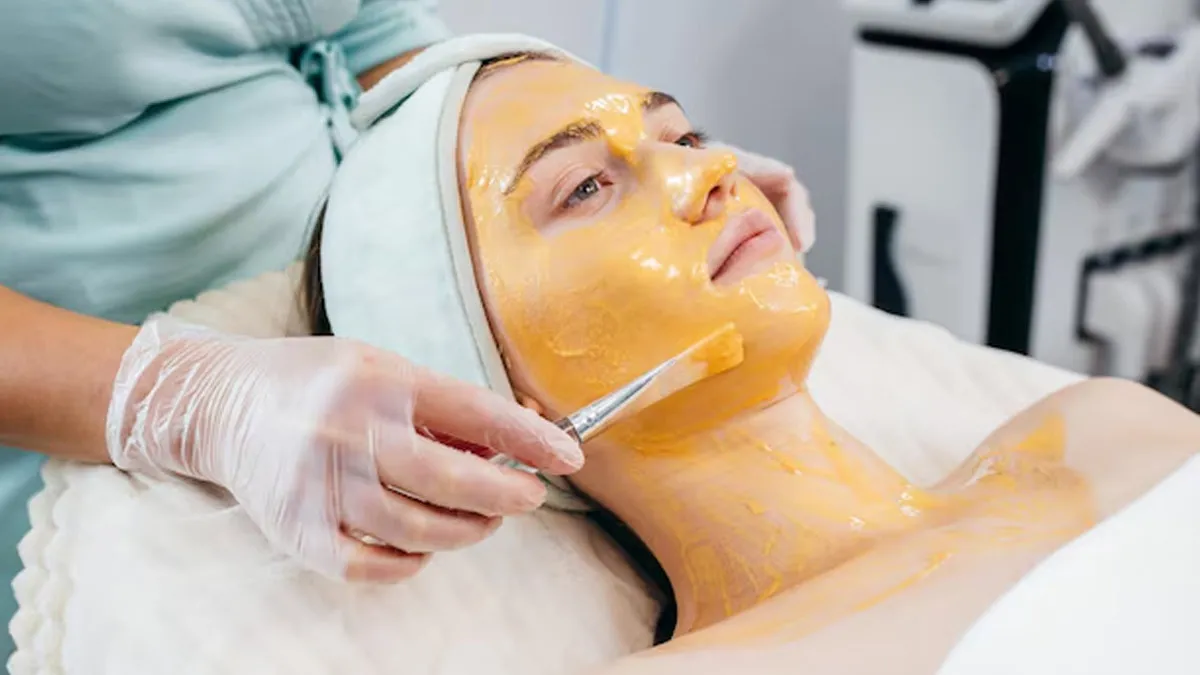
Have you ever been confused when deciding the right facial treatment for your skin? It is normal to be lost in choices ranging from a relaxing spa facial to high-tech medical treatment. While some help give your skin a healthy glow, others help fight issues like ageing and pigmentation. We spoke to Dr Atula Gupta, Dermatologist, Skin Aid Clinic, Gurugram, who explained the different types of facials, their benefits, and what you should consider before booking your next treatment.
Table of Content:-
"A medical facial is a skin treatment customised to address specific skin issues under the supervision of a certified dermatologist. Medical facials go beyond traditional salon facials and are a more scientifically advanced approach to skin health with personalised care," explained Dr Gupta. As opposed to medical facials, which use clinical-grade ingredients with technology, traditional facials focus mostly on relaxation and surface-level care.
The Science of Medical Facials
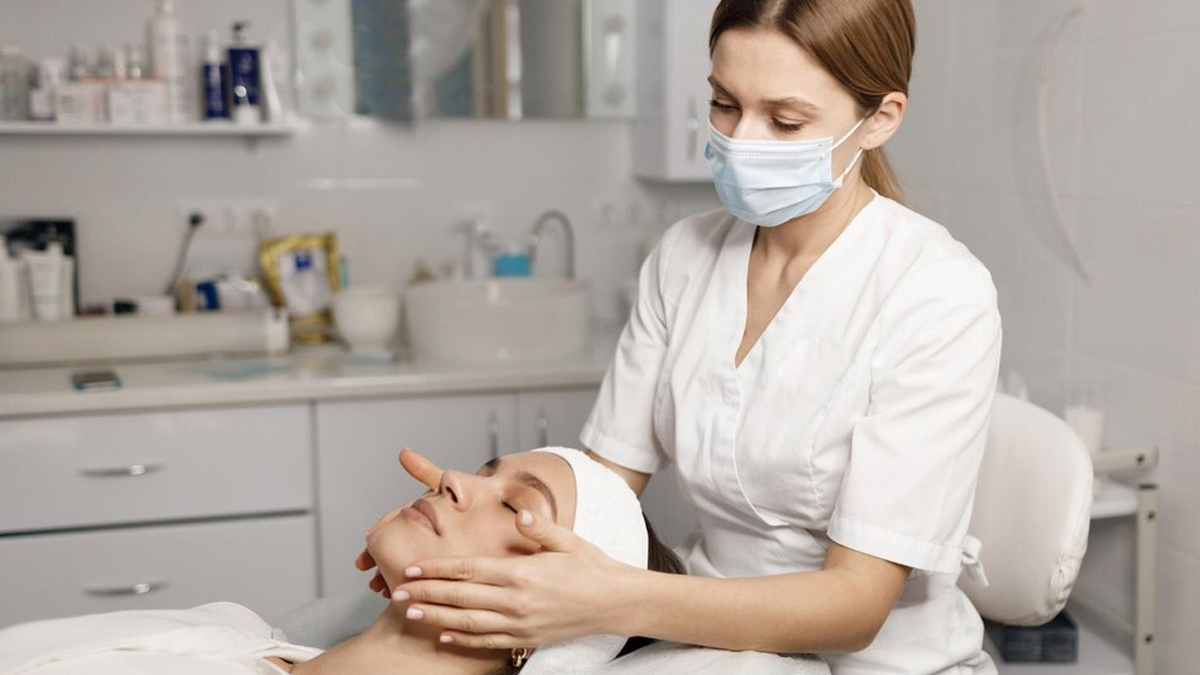
"Medical facials are tailored treatments that work in the deeper layers of the skin, improving collagen synthesis and the skin barrier function. Key scientific mechanisms behind medical facials include exfoliation, chemical peeling, extraction of blackheads, hydration and antioxidant infusion," said Dr Gupta.
Exfoliation removes dead skin, while other treatments help improve skin health. Chemical peels boost collagen, hyaluronic acid keeps skin hydrated, and antioxidants reduce damage caused by everyday stress.
Also Read: The Rise of Aesthetic Treatments Among Men: Breaking Beauty Stereotypes
Popular Types of Medical Facials
Microdermabrasion
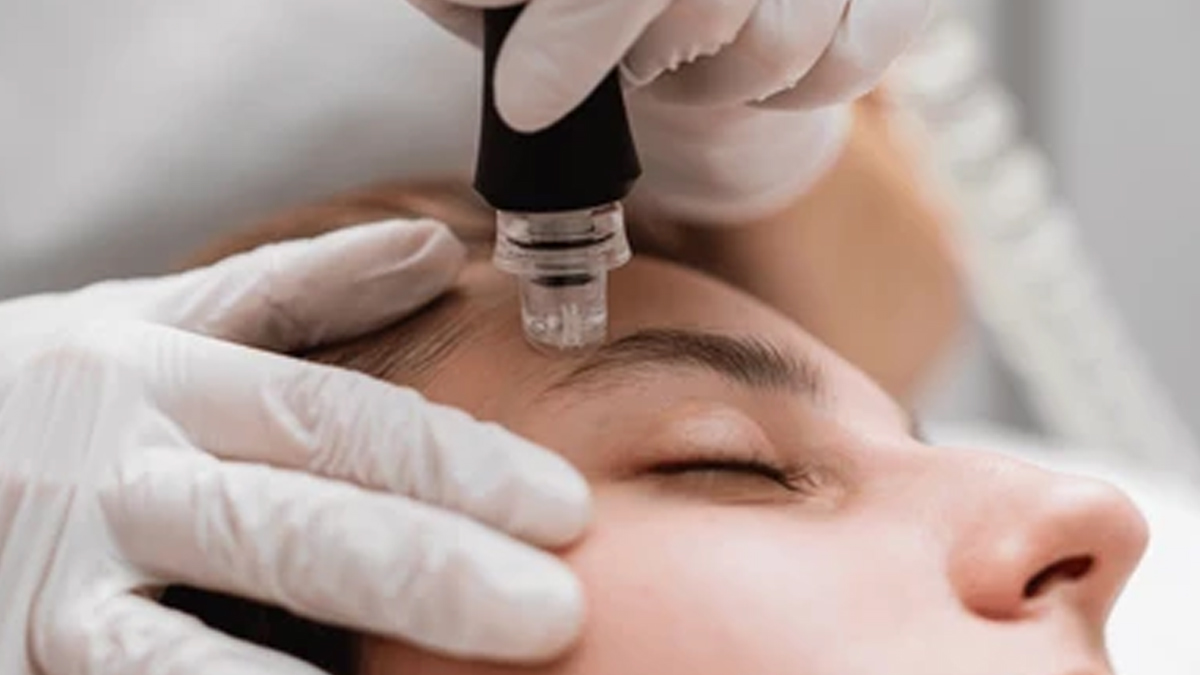
Microdermabrasion is a non-invasive treatment modality that uses a diamond-tipped wand or fine crystals to gently exfoliate the dead skin cells. This treatment enhances skin texture and tone.
Chemical Peels
Very light and medical-grade chemical peels like glycolic and lactic acid can be used to provide an immediate glow to the skin while addressing dullness, dark circles, and pigmentation concerns.
Oxygen Infusion Treatment
Oxygen infusion therapy offers glow and hydration to the skin by delivering oxygen and active ingredients into the skin.
LED Light Therapy
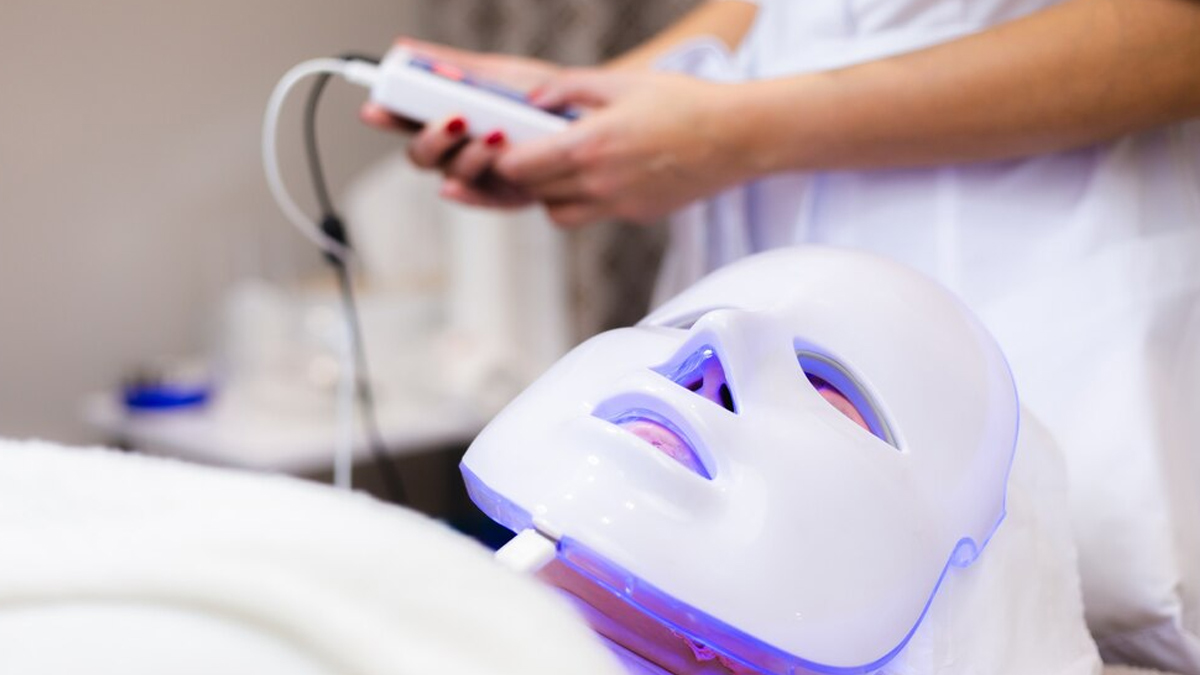
Red light promotes collagen formation and decreases inflammation while blue light helps reduce acne-causing bacteria. According to a 2022 study, LED lights are often used in a treatment called Photodynamic Therapy (PDT). This treatment uses light to help with various health issues, such as cancer, acne, psoriasis, and certain viral infections.
HydraFacial
Hydrafacial is one of the most popular medical facials and combines cleansing, exfoliation, extraction, hydration, and antioxidant protection in a single treatment.
Dermaplaning
A manual exfoliation technique that removes dead skin cells and fine vellus hair, leaving the skin smooth and more receptive to treatment products.
Jet Peel Facial
Jet peel facial is a non-invasive, needle-free treatment that uses a high-pressure jet stream to exfoliate, oxygenate, and infuse customised serums deep into the skin. This treatment is ideal for anti-ageing, hydration, and improving circulation.
Exosome Therapy Facial
Exosomes (tiny extracellular vesicles derived from stem cells) are applied to the skin post-micro-needling or radiofrequency treatments. This is one of the latest in medical facials. It boosts collagen production and is ideal for skin repair and anti-ageing.
Platelet-Rich Plasma Facials (Vampire Facial)
Platelet-Rich Plasma (PRP) derived from the patient’s blood is micro-needled into the skin. PRP promotes collagen production, improves texture, and provides an overall skin rejuvenation.
Aqua Gold Fine Touch Micro channeling
A micro-infusion device with 24K gold-plated needles delivers a cocktail of customised serums, including Botox, hyaluronic acid, and vitamins, directly into the skin. This treatment is helpful in reducing fine lines and pore size.
Laser Facial (Hollywood Facial)
A Q-switched laser is used to exfoliate and purify the skin. It is helpful in tightening pores, reducing acne, and brightening the skin. This treatment is ideal for oily acne-prone, or pigmented skin.
Advantages of Medical Facials
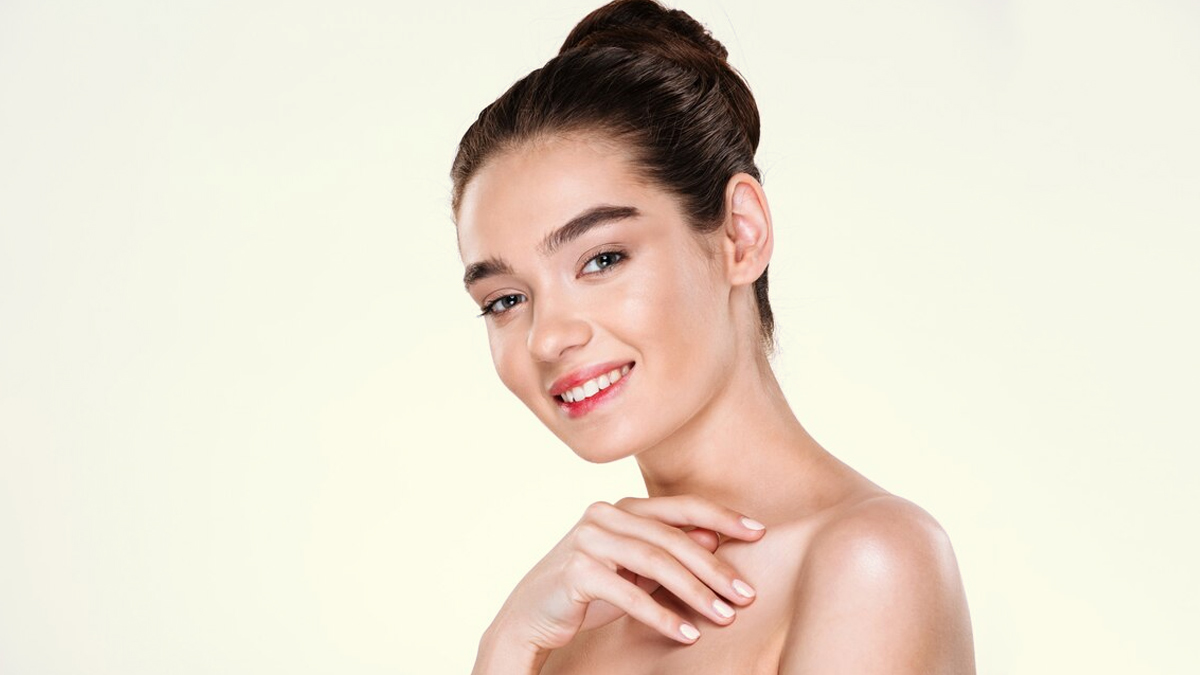
Dr Gupta explained, “Medical facials offer several benefits from strengthening the skin barrier, anti-ageing, enhanced hydration, removing impurities, deep cleansing, evening out pigmentation and reducing dullness. These treatments are tailored according to individual skin concerns like acne, pigmentation and ageing. Further, medical facials prepare the skin to absorb active ingredients better.”
Bottomline
Dr Gupta concluded, “Medical facials are generally safe when performed by trained professionals. However, they may not be suitable for individuals with certain skin conditions, such as active infections or severe rosacea. A thorough consultation with a dermatologist is essential to determine the best treatment plan. As the demand for high-performance skincare continues to grow, medical facials will remain a cornerstone of professional skin treatments.”
[Disclaimer: This article contains information provided by an expert and is for informational purposes only. Hence, we advise you to consult your professional if you are dealing with any health issue to avoid complications.]
Also watch this video
How we keep this article up to date:
We work with experts and keep a close eye on the latest in health and wellness. Whenever there is a new research or helpful information, we update our articles with accurate and useful advice.
Current Version

